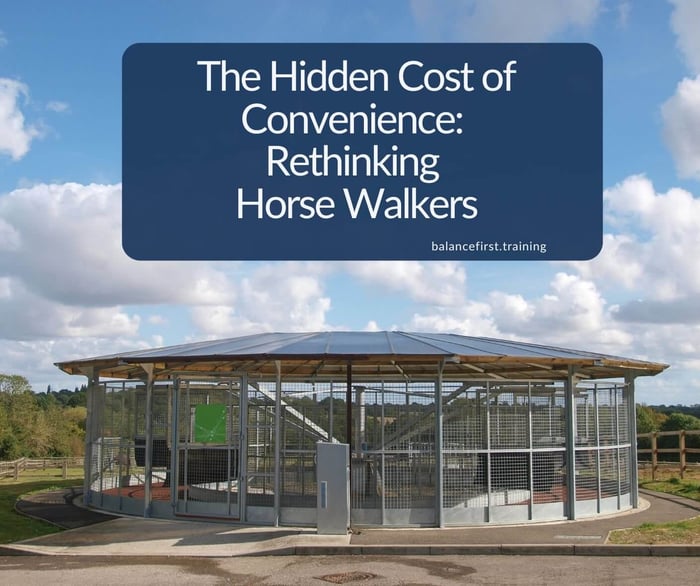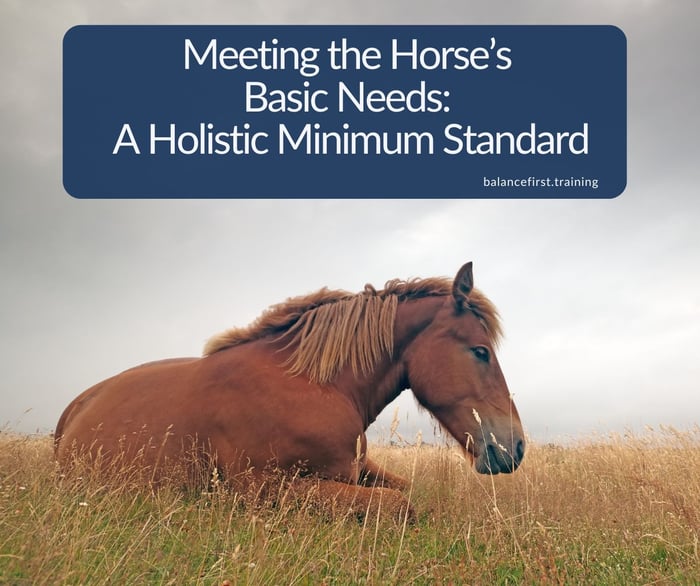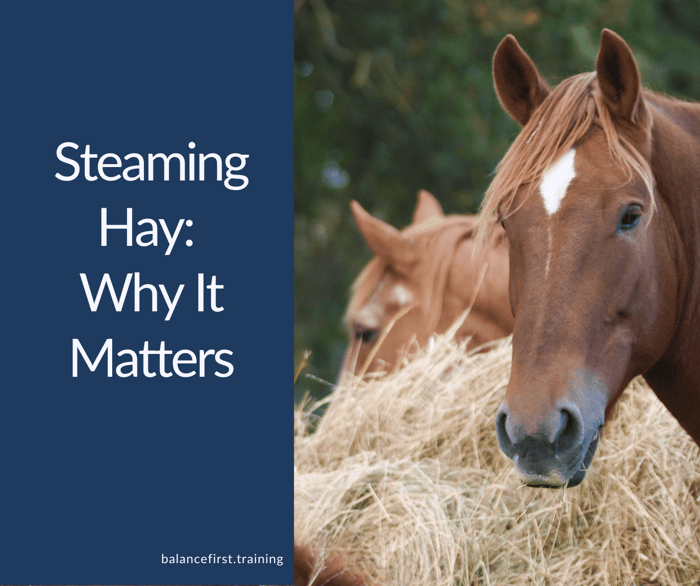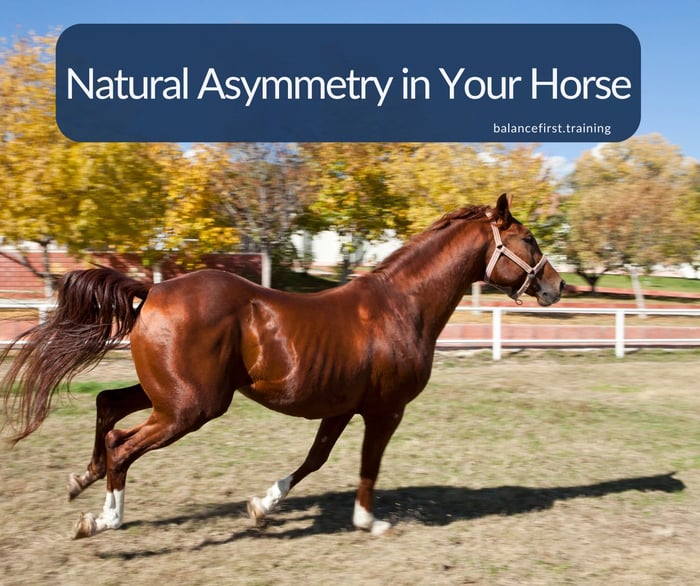Table of Contents
The Hidden Costs of Convenience: Rethinking Horse Walkers. In the modern equestrian world, horse walkers have become a staple in many yards, offering a seemingly efficient way to keep horses moving when turnout is limited or time is short. But there are serious ethical and biomechanical concerns that need to be taken seriously.
A Cautonary Tale
I heard a rumour that recently, at a well-known local equestrian centre, a horse was left in a mechanical walker overnight. Forgotten amidst the routines of a busy yard, the horse was found lifeless the next morning.
Even if this story is not true, it is something that could happen, and I imagine has happened. The idea is terrifying.
The Physical Risks
Just imagine how it would be if you started walking and were forced to keep going, not able to stop for a breath, to rest a leg or to take a break. While horse walkers can be useful for stabled horses to provide movement, help reduce stiffness and prevent filled legs, the repetitive circular movement poses biomechanical risks.
- Joint strain and asymmetry: Experts at Moorcroft Equine Rehabilitation recommend limiting walker use to no more than 15 minutes per rein to avoid joint stress and muscular imbalance.
- Muscle imbalance: The lack of both variation in terrain and changes in direction can lead to uneven musculature, especially in horses exercised in walkers with a tight radius.
- Hoof wear and footing concerns: Poorly maintained surfaces increase the risk of slipping and excessive hoof wear. CE compliance and regular safety checks are essential to mitigate these risks.
- Injuries: Horses can become trapped and injured by the cages or injured if they slip or panic.
The Psychological Risks
Horses are sentient, social beings. Isolation and monotony can erode their mental well-being:
- Stress from confinement: Studies show that solitary walker use can elevate heart rate and behavioural stress indicators.
- Predator-prey manipulation: Some walker designs use partitions that “chase” the horse forward, mimicking predator pressure. Some are even designed to shock the horse with electricity if he falls behind. These tactics will induce anxiety or panic, and pain.
- Lack of enrichment: Walkers offer no mental stimulation or opportunity for natural behaviours. Group use or pairing horses has been shown to reduce stress.
 Solitary horse on a walker
Solitary horse on a walker
Ethical Considerations
The question isn’t just “Does it work?” but “Is it right?”
- Substituting care with automation: Relying on walkers may reflect a shift from relational horsemanship to mechanised management.
- Informed consent and welfare literacy: Many recreational owners may not fully understand the physiological and emotional impact of walker use.
- Designing for dignity: If walkers are used, they should be thoughtfully designed- oval shapes to reduce tight turns, group use to support social needs, and short, purposeful sessions.
 Instead provide turnout and companionship
Instead provide turnout and companionshipA Holistic Alternative
True wellness comes from working with, not against, the horse’s nature. Instead of defaulting to walkers:
- Prioritise turnout and varied terrain whenever possible.
- Instead, do groundwork, in-hand work, or liberty training for low-impact movement that will physically, mentally and emotionally be beneficial to your horse.
- If you must use a walker, use short, supervised sessionsand always with the horse’s physical safety and emotional well-being in mind.
- Always avoid using any kind of side reins, tie downs or rollers. Forcing the horse into a false outline will not improve his performance and instead will create resistance, building up the wrong muscle groups, and may damage soft tissue.
- Remove all tack and equipment that could get caught in the walker.
 Groundwork is a good alternative
Groundwork is a good alternative
Horse walkers aren’t inherently evil, but they’re not inherently ethical either. Like any tool, their value lies in how, why, and when we use them. We are responsible for our horses’ well-being, and we must constantly ask ourselves if what we are doing is truly in the best interests of the horse.
References
- Your Horse – Interview with Mary Frances, Moorcroft Equine Rehabilitation Guidelines on safe walker use and biomechanical risks.
https://www.yourhorse.co.uk/horse-care/horse-walkers Horse & Hound – How to Use a Horsewalker Safely
Expert advice on surface maintenance and injury prevention.
https://www.horseandhound.co.uk/features/how-use-a-horsewalker-safely-851933
Health and Safety Authority (Ireland) – Horse Walkers Safety Alert
Legal requirements for CE compliance and safety checks.
https://www.hsa.ie/eng/safety_alerts/2025/horse_walkers_exercisers
IAABC Foundation Journal – Equine Stress Study
Research on psychological stress indicators in horses using walkers.
https://journal.iaabcfoundation.org/horse-walker-stress
FAQs
1. Are horse walkers inherently harmful?
I would never recommend their use because it can lead to physical strain or injury and asymmetry of the muscles, and psychological stress.
2. How long is it safe to leave a horse in a walker?
Experts recommend no more than 15 minutes per rein to avoid joint stress and muscle imbalance. Prolonged use, especially in tight circles, can be detrimental.
3. Can horse walkers replace turnout?
No. Turnout offers varied terrain, social interaction, and mental stimulation, none of which walkers can replicate. Walkers should complement, not replace, natural movement.
4. What are the signs of stress in horses using walkers?
Elevated heart rate, pinned ears, pacing, or reluctance to enter the walker may indicate discomfort or anxiety.
5. Are there ethical alternatives to horse walkers?
Yes. Groundwork, liberty training, pole exercises, and enriched turnout environments all support movement and engagement without mechanical confinement.
6. What should I look for in a safe walker design?
Opt for oval or straight-track designs to reduce tight turns, ensure non-slip footing, and consider group use to support social needs. Always monitor sessions closely.
7. Why is this topic important for recreational riders?
Many recreational owners use walkers without fully understanding their impact. Raising awareness helps promote welfare literacy and more compassionate care.
8. My only option is to use the walker as I don't have anywhere to turn my horse out and he is stabled. What should I do?
If you are in a situation where you are not able to let your horse be in an open space with, or at least close to, other horses, then his minimum needs are not being adequately met. Being moved from one box into another for exercise is not healthy for your horse. In this case you need to find a more suitable place to keep him with the appropriate facilities.


.JPG)


